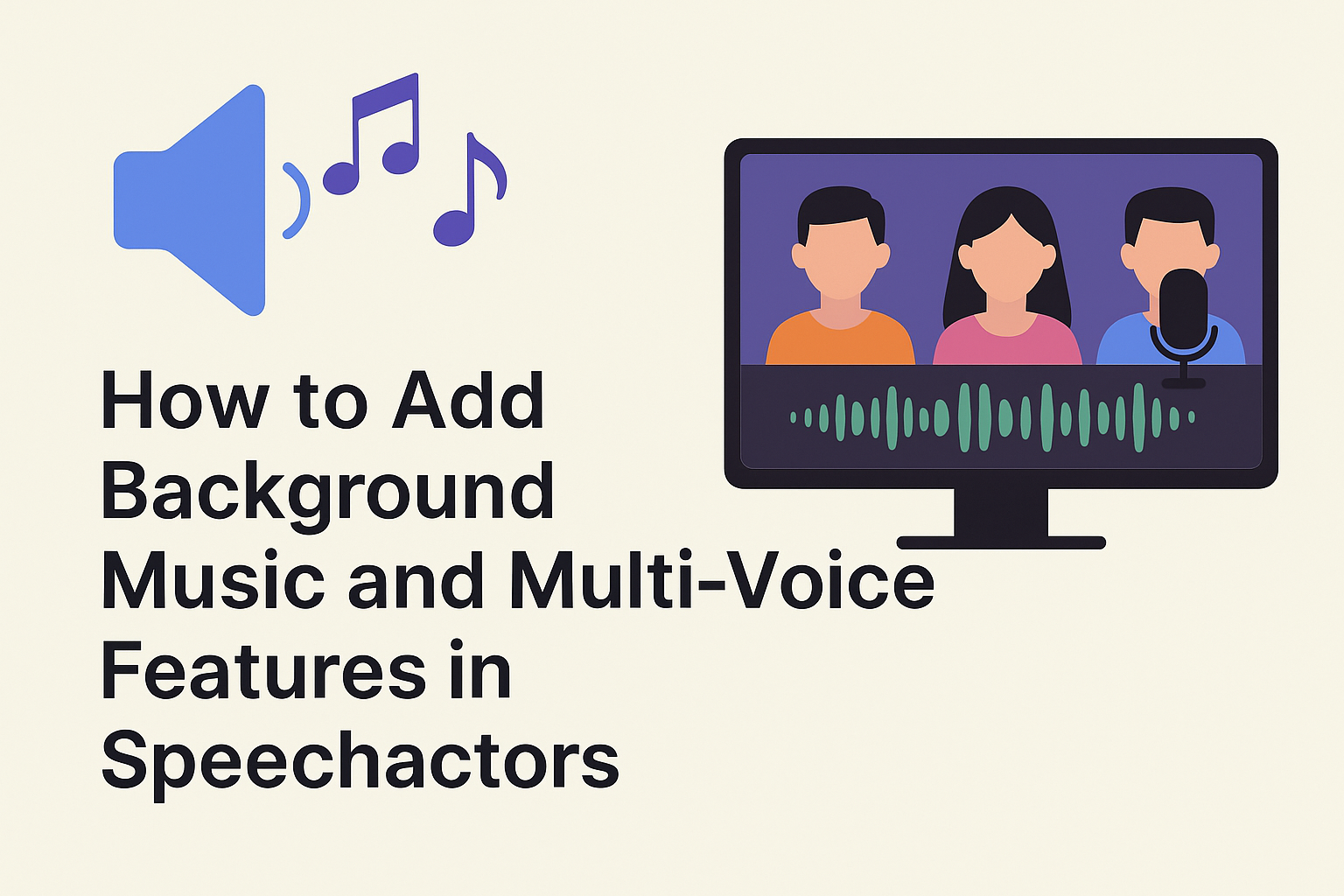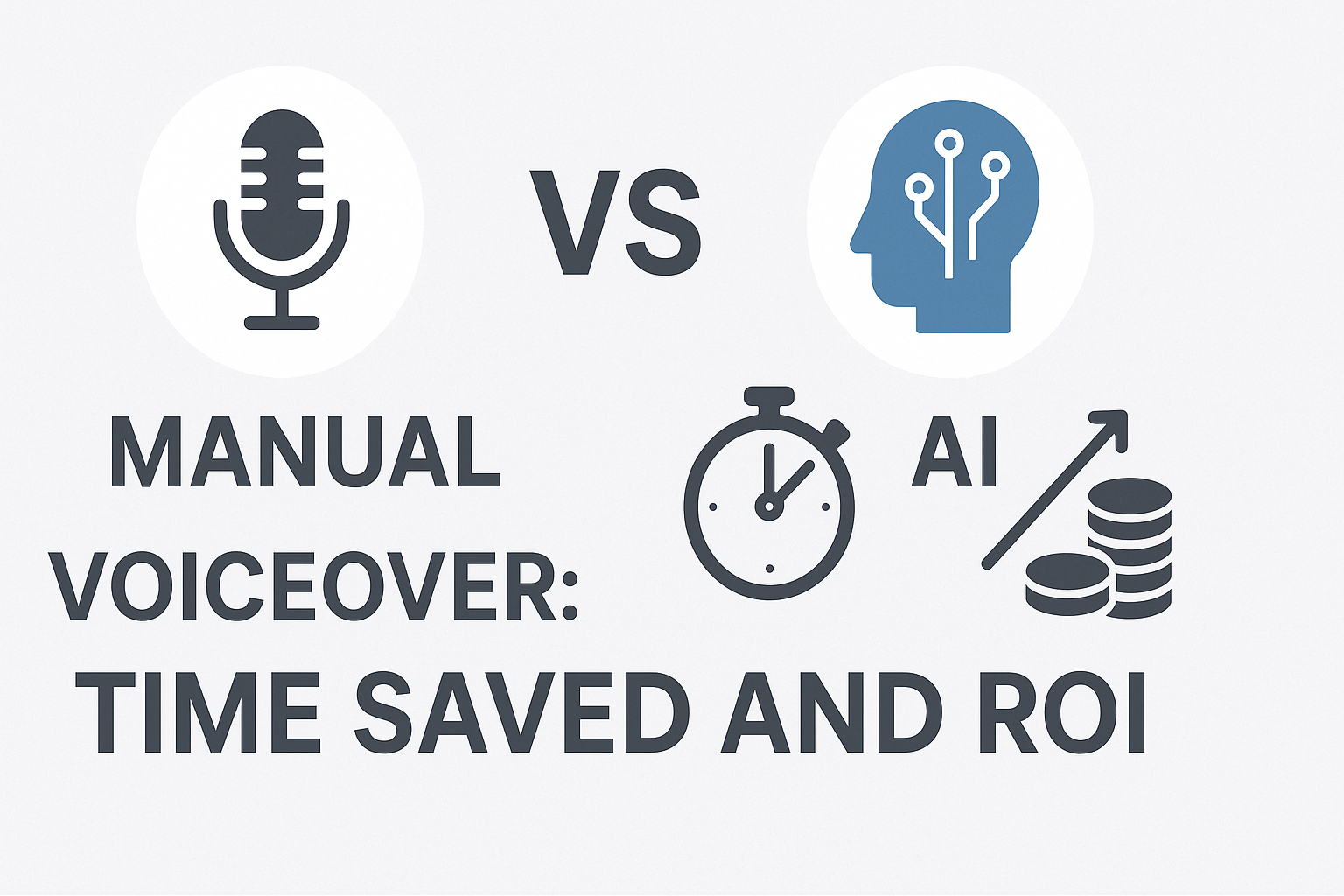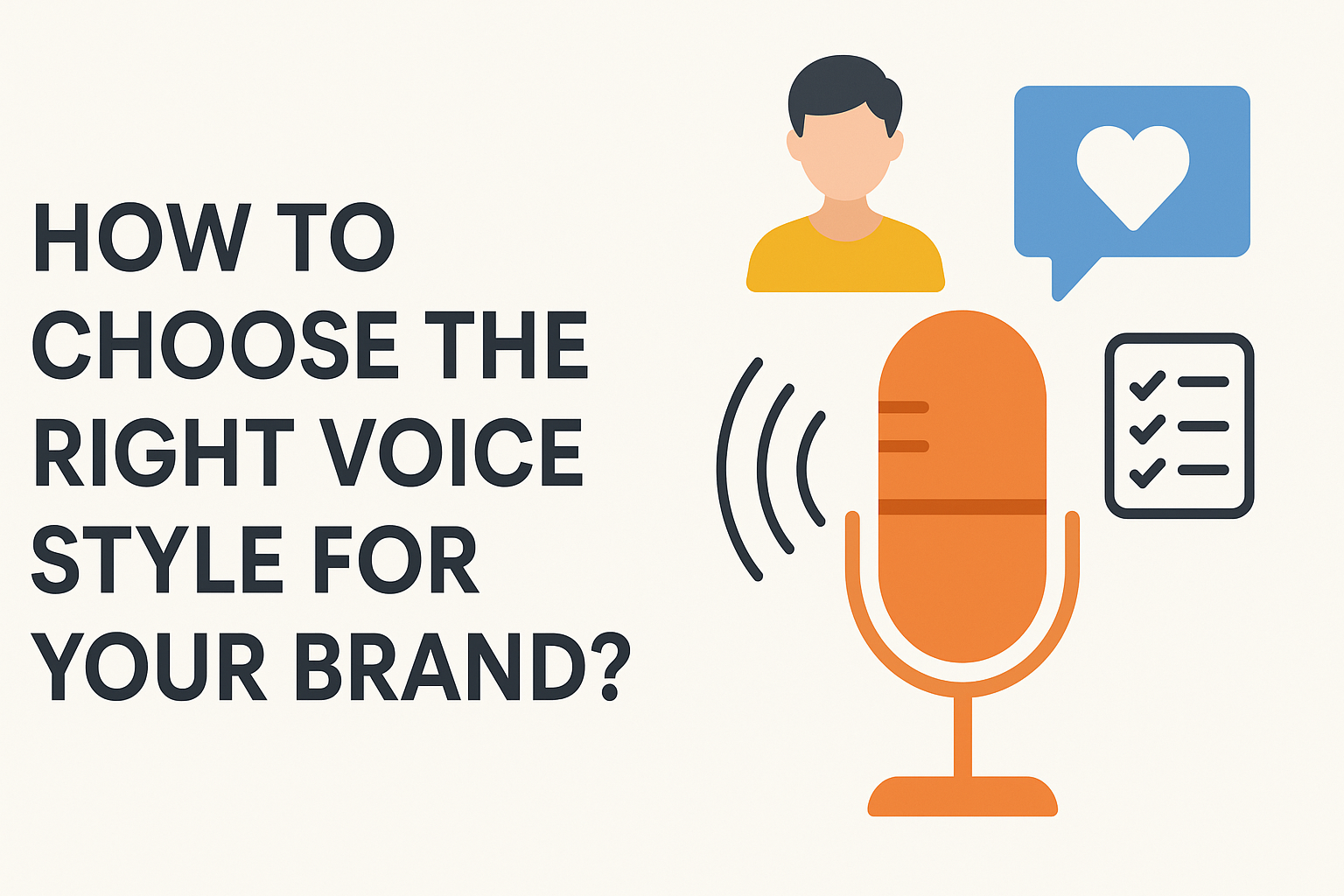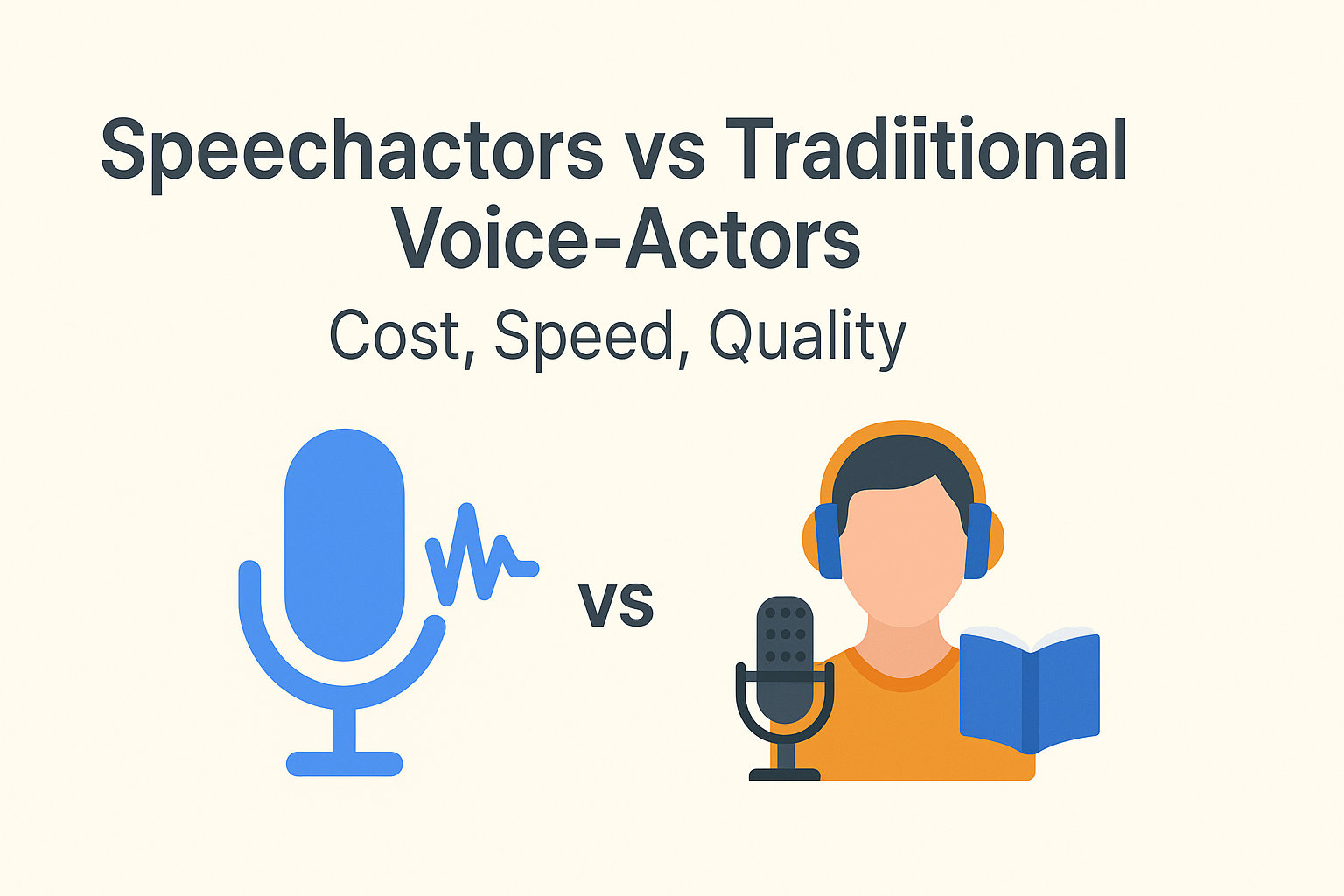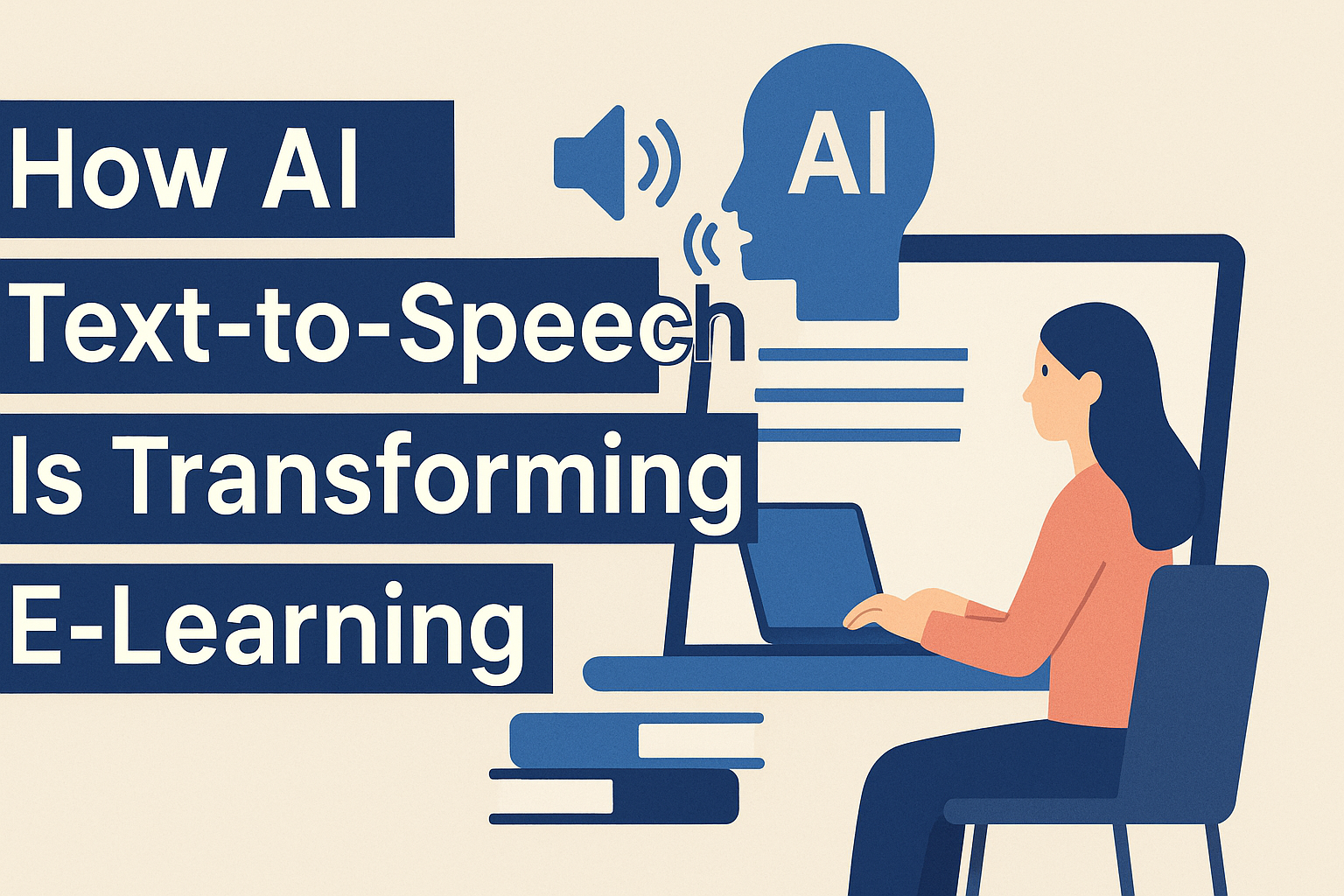How to Add Background Music and Multi-Voice Features in Speechactors
Speechactors is an advanced AI-powered text-to-speech platform that transforms written content into lifelike voiceovers with ease and precision. Adding background music and multi-voice features takes your audio projects to a more engaging and professional level, creating depth and variety that captivate listeners. In this guide, you’ll learn how to seamlessly combine multiple voices, synchronize background […]
How to Add Background Music and Multi-Voice Features in Speechactors Read More »
